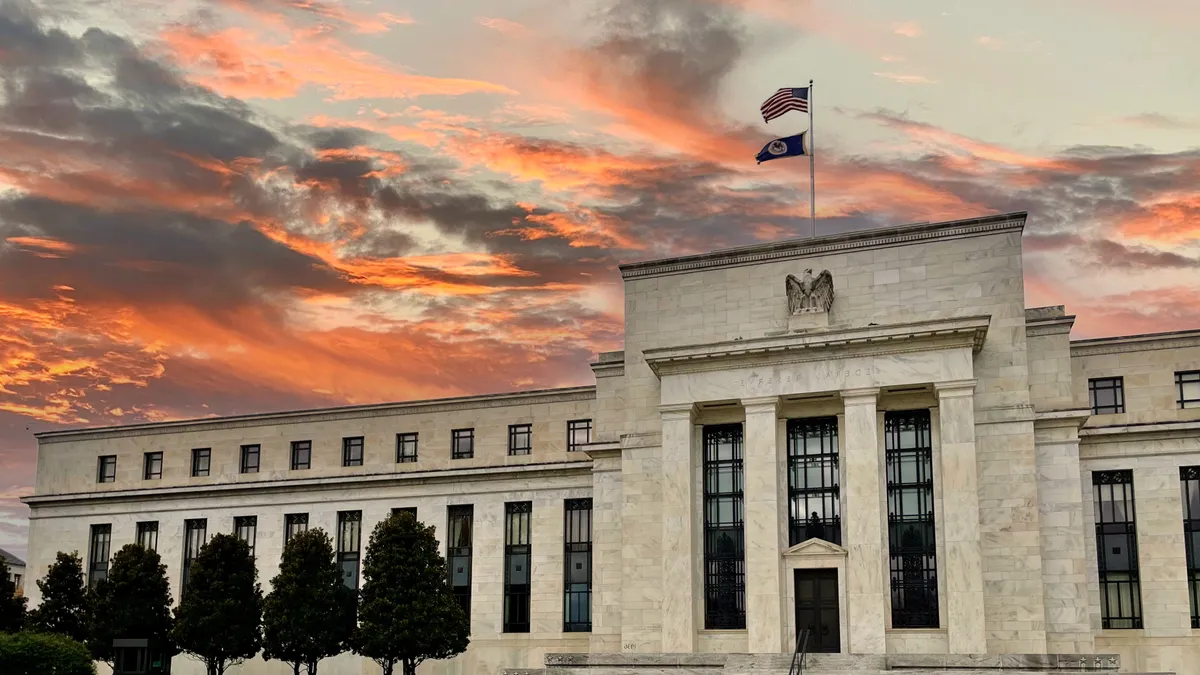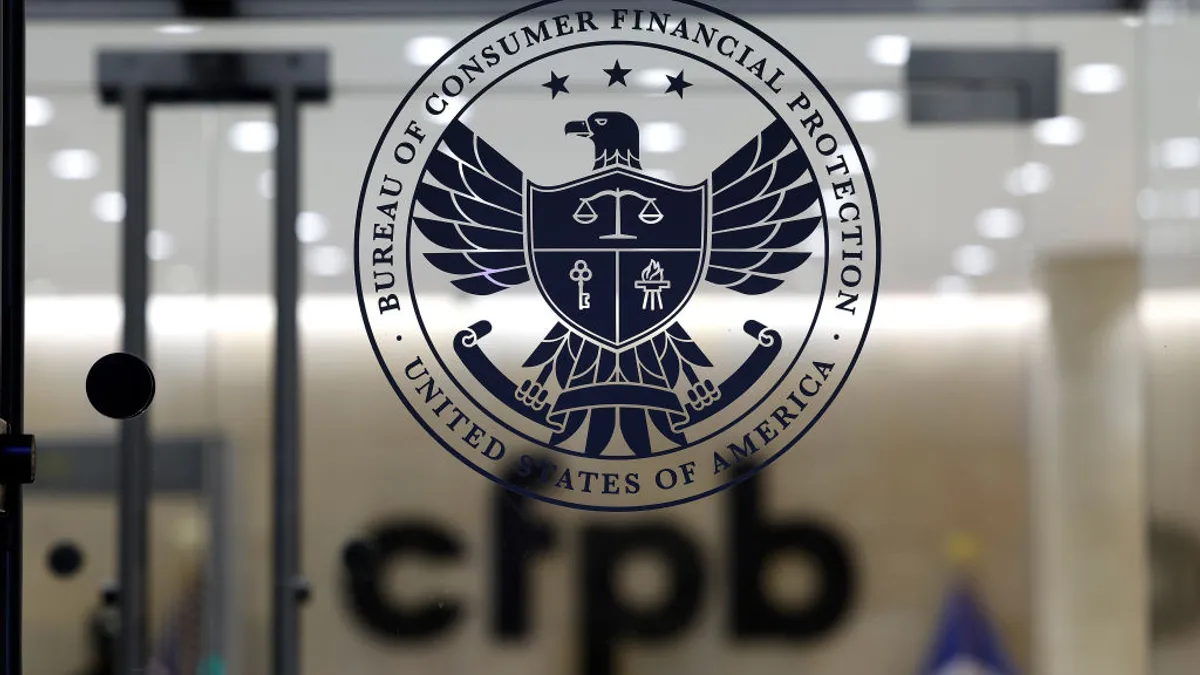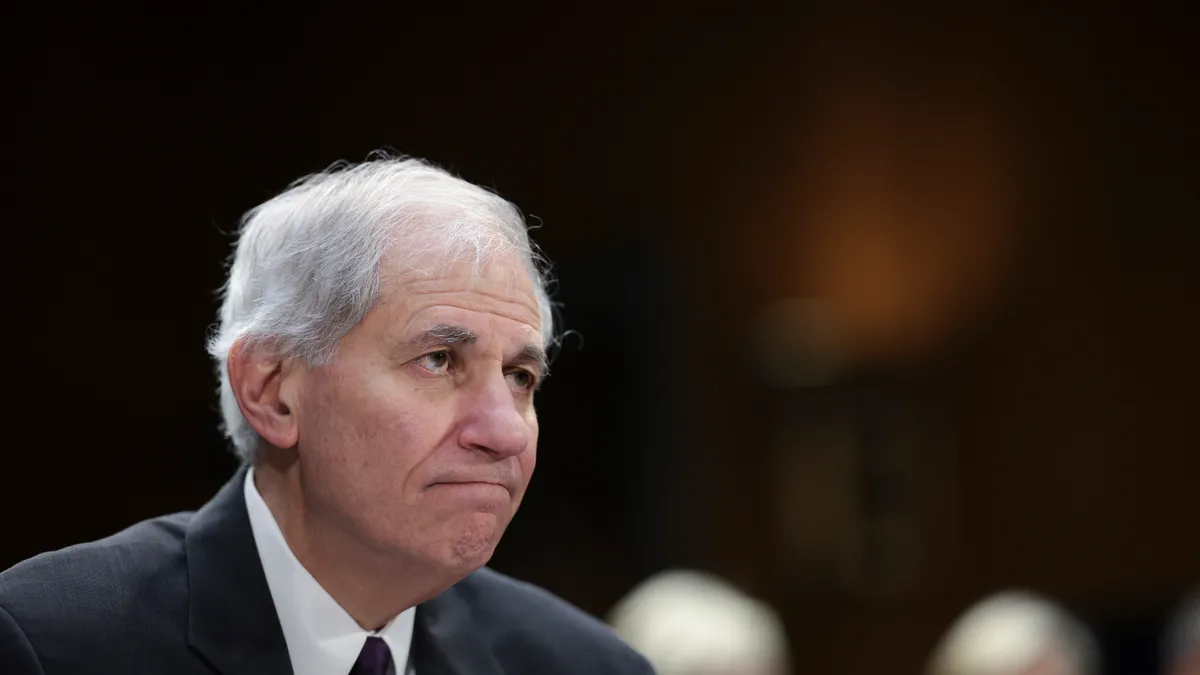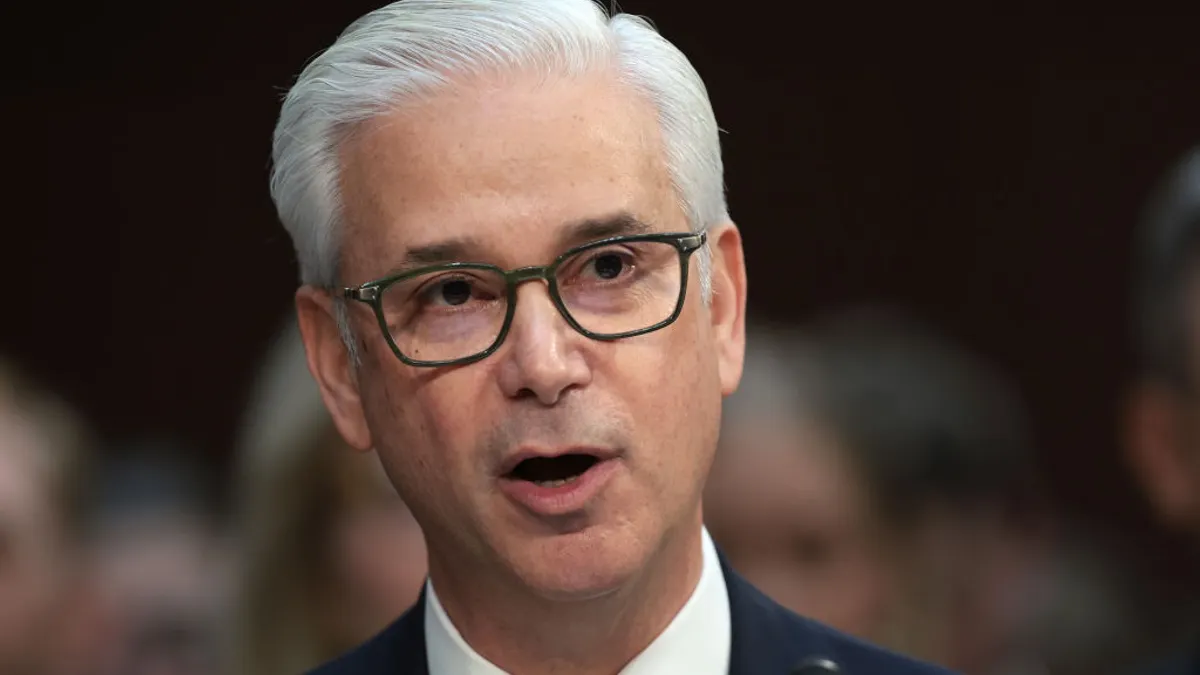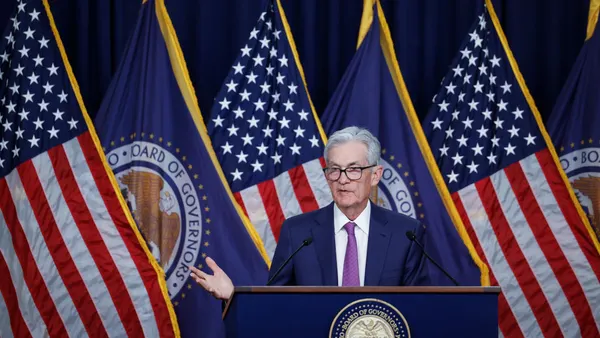A federal judge Monday stayed several banking trade groups’ case against the Federal Reserve over the central bank’s stress-testing procedures.
In a motion Friday requesting the stay, the Bank Policy Institute, American Bankers Association, U.S. Chamber of Commerce and two Ohio trade groups noted “progress” the Fed has “made to date,” adding the plaintiffs “believe that their respective resources would be better spent on [upcoming rulemaking] proceedings than further litigation at this time.”
The Fed joined the plaintiffs in their request for the stay.
The trade groups sued the Fed in December, arguing the central bank’s stress test models are “adopted in secret” and produce “vacillating and unexplained requirements and restrictions on bank capital.”
The “significant and unexplained volatility” resulting from stress tests “impairs the ability of banks to efficiently deploy capital, including making loans to small businesses,” the trade groups wrote. “When banks are forced to hold excess capital — not to protect against the risk of loss, but instead to guard against the volatility of the [Fed’s] undisclosed and ever-changing criteria — it reduces credit availability, hinders economic growth and harms the American consumer.”
The Fed, for its part, was moving to address those same two points of contention: the transparency of its stress-test models and volatility of the capital buffer. A day before the lawsuit, the central bank said it intended to propose disclosing the models and hypothetical scenarios it uses for stress tests before they’re finalized, and seeking public comment on them. The Fed also said it was considering averaging test results over two years to reduce the year-over-year changes in capital requirements.
The Fed in April officially proposed the two-year average – and considered giving banks an extra three months to comply. The central bank also emphasized that it would propose stress-test transparency improvements later this year.
The Bank Policy Institute, in a statement Friday, credited the Fed for a “good-faith effort to align the stress testing regime with the law and establish transparency and accountability.”
“A stay of the litigation will allow the Federal Reserve to focus on implementing its commitments through the rulemaking process and delivering a more accurate and reliable framework for the next stress testing cycle,” the trade group said. “We will continue to monitor progress and hope to arrive at an amicable solution that renews trust in this important piece of the regulatory capital framework.”
Under Monday’s stay, the case would resume Aug. 1 – the day the trade groups would have to file their second and final summary judgment brief. The Fed would have until Aug. 28 to respond.
In the motion to request the stay, the trade groups noted the Fed expects to “propose substantial further revisions by September 30 of this year.”
The Fed’s participation in the request for the stay may indicate the parties have come to a larger agreement – perhaps contingent on conditions in the transparency proposal that have yet to be made public.
Judge Algenon Marbley of the U.S. District Court for the Southern District of Ohio on Monday noted that a stay would be “in the interest of conserving judicial resources should Plaintiffs’ claims be resolved through the notice-and-comment process.”
The legal dispute in the case stems from the Administrative Procedure Act. The trade groups argue the Fed is violating the APA by using annual stress tests to set capital requirements. The plaintiffs contend the capital buffer is a regulatory charge and that the calculation behind it should be reviewable and subject to a notice-and-comment rulemaking process.
The Fed, by contrast, argues the capital buffer is a supervisory tool that is not APA-applicable.
The BPI, in a blog post this month, expressed concern that the Fed asserted – in a brief in the stress-test case – that individual banks’ capital buffers are determined “through case by case ‘adjudications’ in which the Federal Reserve may establish, change, or ignore the scenarios, models and other standards [of the stress test] however it chooses.”
If a court agrees with the Fed’s stance, it could permit the central bank to enact policy changes through similar adjudication rather than regulation, which allows for notice and comment, the BPI argued.
The Fed’s proposed updates don’t have unanimous support, though. Fed Gov. Michael Barr, formerly the central bank’s vice chair for supervision, said the changes proposed in April “risk turning stress testing into an ossified exercise that will provide false comfort in the resilience of the system.”
Banks may game stress tests if they know what they’ll contain, Barr warned.
“Full disclosure of the Fed’s stress models and scenarios could enable banks to optimize stress test results by adjusting their balance sheet based on their knowledge of where the models underprice risk, in order to reduce their capital requirements without materially reducing risks,” he wrote.



